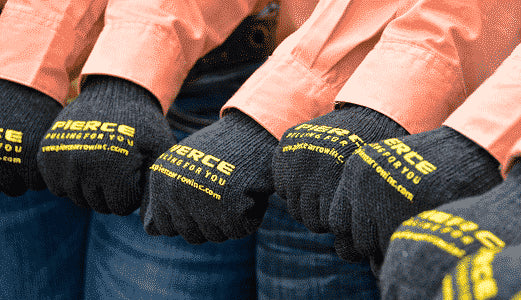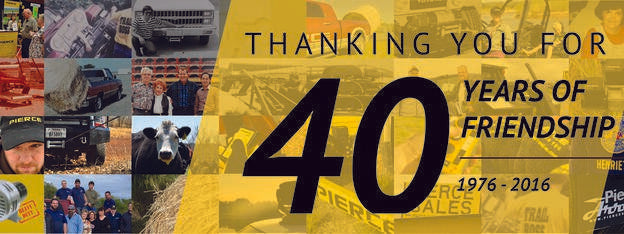An Interview with Dr. Ron Gill, Texas A&M University
We designed our rotomolded vaccine cooler VaxMate with the rancher and veterinarian in mind. Our goal was to create a product that made livestock vaccination as easy and as safe as possible. We tested it and retested it and then tested it some more. We’re more than pleased with the results, but we wanted to get an expert’s opinion.
Dr. Ron Gill has worked with horses and cattle for over three decades. Today, he trains extension agents as the associate department head for extension at Texas A&M University. He also manages 3,000 acres of ranch property and actively works with cattle producers and ranchers educating folks on cute side manners. It was his design made from a Styrofoam cooler that inspired us to create VaxMate.
We recently sat down with him to get some tips for vaccinating and hear how VaxMate vaccine coolers have been helpful in the process.
UV Light
“UV light is one of the worst things we can have vaccines exposed to,” says Dr. Gill. UV light can damage vaccines, making them ineffective. This can be very harmful to livestock. If they’re not receiving good vaccines, their health is at stake.”
“We need to do everything we can to keep that exposure to a minimum,” he says. “Everywhere from mixing livestock vaccine, storing vaccine in your syringes, and on your way to and from the chute, make sure you keep it out of the sunlight if possible.”
For this reason, VaxMate has three holders for syringe guns that keep vaccines safe from UV light whenever they are not in someones hands.
Temperature
Dr. Gill says temperature is another thing to watch while processing cattle and livestock. The VaxMate cooler keeps vaccines between 35.6-40 degrees Fahrenheit.
“Sometimes in our efforts to keep vaccines cold we can actually freeze vaccines. Freezing is just as detrimental (if not worse) to vaccine efficacy as storing at temperatures higher than 45 degrees,” Dr. Gill explains. “When killed vaccines are frozen the cells in the vaccine can be ruptured and not only make them ineffective but actually toxic to the animal. Vaccines go from a cooler, where they are stored around 40 degrees or cooler, into an animal that has a body temperature of hundred degrees or higher. Short-term exposure to higher temperature is not going to inactivate or destroy a vaccine so temperature is not as big of an issue as UV light.”
The Perfect Angle
To make this the most accessible, functional and easy to use cooler on the market, we thought of every detail, including the angle of our syringe holders. That’s something that Dr. Gill looks for in a cooler and something he noticed about VaxMate: “It’s very easy—whether you’re using a table top or the back of a pickup truck—to pull the syringe out without having to be careful about the angle. It’s also very easy to put it back in.”
Safety
“The other part I like about the VaxMate is you can reach in there and get vaccines without the risk of bumping a needle,” says Dr. Gill.
Following proper vaccine handling and storage guidelines is just as important as the safety of the livestock. The syringe holders help prevent accidents like bumping your hand on a needle when reaching into the cooler. The interior of the cooler also guards against this by providing storage for working bottles above the syringe tips.
Functionality
Dr. Gill says the best part about VaxMate is its overall functionality and ease of us. “Everything goes in here really easily,” he says. “You can label your syringes. You can mark the openings as to what vaccine goes in where, and it’s just a very simple process. Very easy to go from the box to the chute and back again in one easy motion.”
We’re grateful for people like Dr. Ron Gill who inspire us to keep working and keep innovating for the life of the rancher and the farmer.



